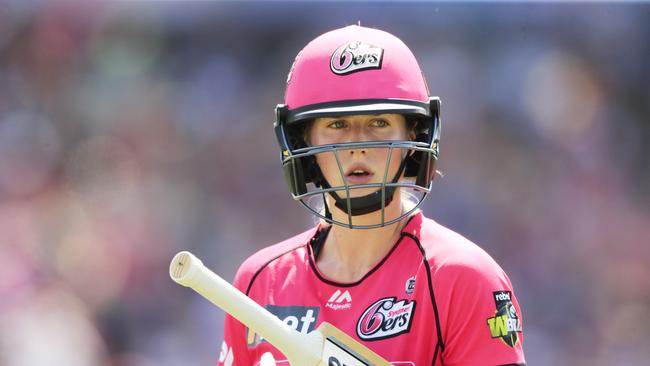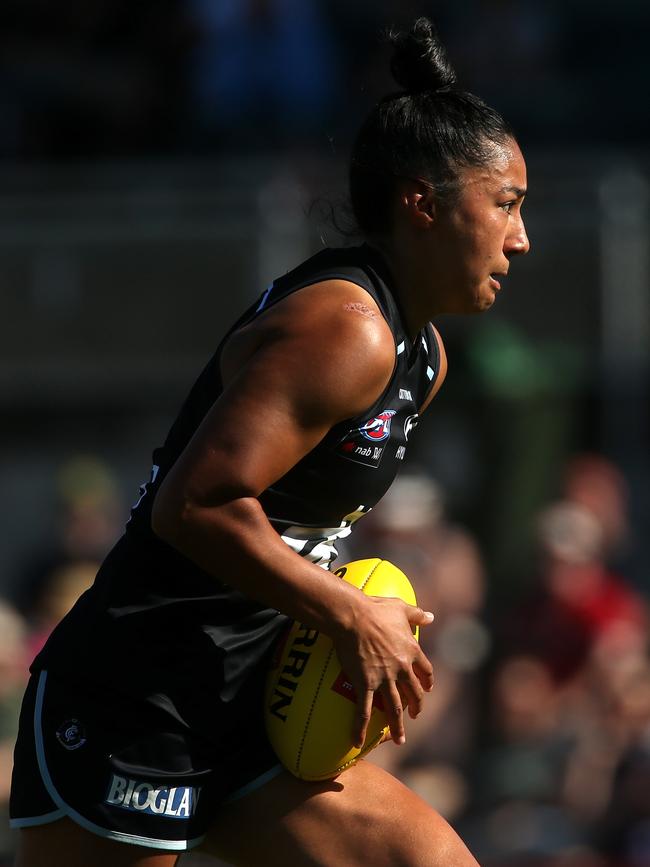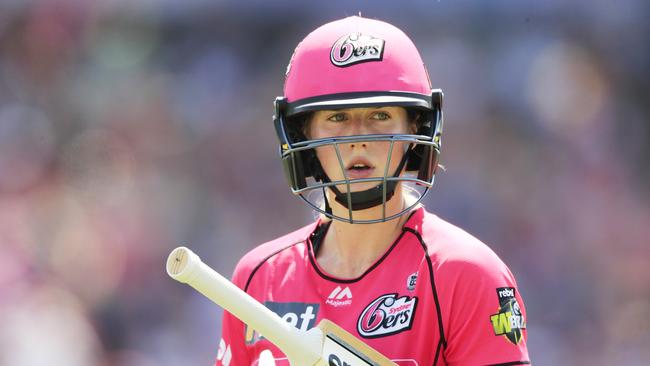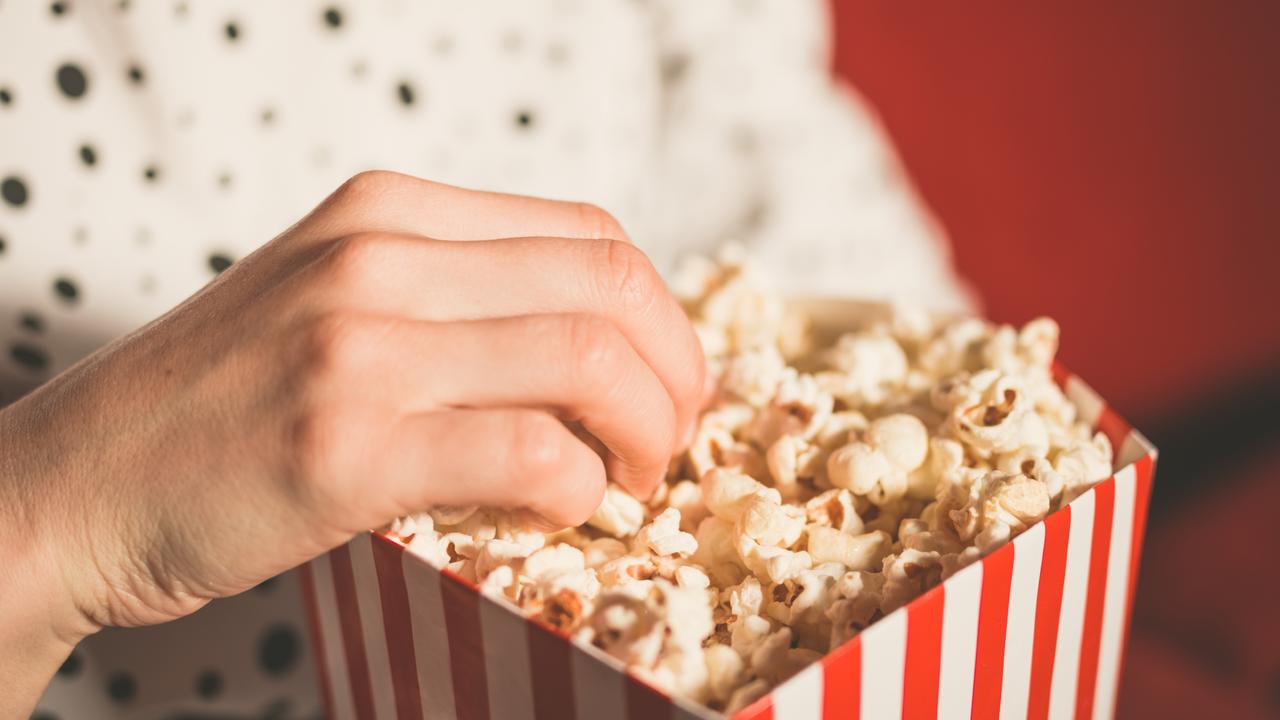Sport gender pay equality long overdue
Backing for a report calling for gender pay equality in sport is welcome, logical — and long overdue. Why should another generation of Australian girls grow up as second-class citizens, asks Susie O’Brien.

Susie O'Brien
Don't miss out on the headlines from Susie O'Brien. Followed categories will be added to My News.
Our top female sports players win Olympic gold medals, world titles and international championships. Every week thousands of fans watch them play our favourite sports.
Yet many elite female players can’t train every day because they’re too busy earning a living. As Carlton AFLW star Darcy Vescio says: “We’re not at our clubs every day fine tuning our craft … We’re at school educating your kids, landscaping your gardens, processing your insurance claims and flipping your burgers,” she told the Herald Sun recently.
Despite captaining the gold-medal-winning 2016 Rio Olympics team, rugby union player Sharni Williams works as a gym trainer to help pay the bills and other well-known AFLW stars are dairy farmers, posties, landscape gardeners and brickies. It’s the same in most other sports.
DARCY VESCIO: AFLW MORE INTENSE THAN AVERAGE FOOTY SEASON
TOP FEMALE ATHLETES UNITE TO HELP FUTURE STARS

Well, you can’t live on the $13,400 base salary the AFL players are paid, can you? It’s barely enough to buy a car, let alone raise a family. Compare that to male AFL players on their $350,000 base salaries.
That is why a commitment to change the way professional athletes are paid in the AFL, NRL and the Football Federation Australia is so important. The new approach, outlined in a report by the Male Champions of Change group, establishes a baseline of gender pay parity. It affirms what the rest of us have known for decades: that female and male athletes should be paid the same wage for doing the same job.
They should have access to fair and reasonable base pay reflecting their status as peak athletes and they should have proper accommodation, training, clothing and equipment in their remuneration package.
The report makes sobering reading, detailing lower pay and worse facilities for female players. They’re the ones slumming it in economy while their male peers are in business or first class.
Sporting clubs are a workplace like any other: no longer should clubs get away with one rule for males and another for females. It’s unAustralian and isn’t an appropriate way to treat those representing our country.
Pay rates in other sports that have already made this commitment to equality show base level parity is an important first step, but more will need to be done.
For instance, the best female cricketers received a recent pay increase of $100,000 which see international cricketers earning an average of $210,000, and superstars like Meg Lanning and Ellyse Perry more than $300,000.
Big Bash salaries for women have also increased from $22,000 to $52,000. It’s still not a living wage, but it’s a start.

Much of this has flowed from a promise to gender equity introduced about seven years ago by Cricket Australia. But the blokes still earn a lot more; state and BBL cricketers set to pocket $235,000 by 2021. International male cricketers earn more than $2m in a season from retainers, prize money, tours and match fees — and that doesn’t include endorsements.
Establishing a base rate of pay and equal prize money is just the first step. The report shows codes need to go further and foster new talent, maximise publicity, boost commercial incentives and provide equal support and facilities.
Let’s not forget women’s sport is coming off a very low base. The women’s rugby league team, the Jillaroos, were first paid to play in 2014, when they got $500 a match; the national men’s team received $20,000 per match.
Female soccer players also have a long way to go. A new agreement in 2017 paid a minimum of $12,200 for the 2018-19 season, which was a huge increase, but still too low to make a real difference. But at least the highest-paid players now earn more than $130,000 through the Westfield W-League, overseas leagues and the Matildas.

Again, it pales into insignificance against what male soccer players earn. The Socceroos got $300,000 to tie on their boots in Russia for the World Cup and Tim Cahill could earn more in a day ($27,000) than the Matilda’s co-captain in a year.
As Sam Kerr from the Matildas sees it, it’s not about raking in millions, but justifying the physical demands of the job. These women are playing professional sports at the highest level and deserve to be paid accordingly. Investment in women’s sport will raise standards, lift crowd numbers and increase sponsorship. It’s a win all round.
The report also details the need for more flexible work contracts and more women in senior corporate and administrative roles. Let’s hope the clubs, who will self-assess against 15 measures each year to track their progress, will make their annual reports public.
Such gaps should be closed within five years and if codes or clubs continue not to do enough, they should be penalised with a loss of government funding.
While there will always be some discrepancies in sport because of the impact of TV rights and sponsorship money benefiting certain codes, clubs and players, the base level should be the same.
Why should another generation of Australian girls grow up as second-class citizens?
Susie O’Brien is a Herald Sun columnist
‘TRANSGENDER’ IS NO INSULT IN MODERN WORLD


